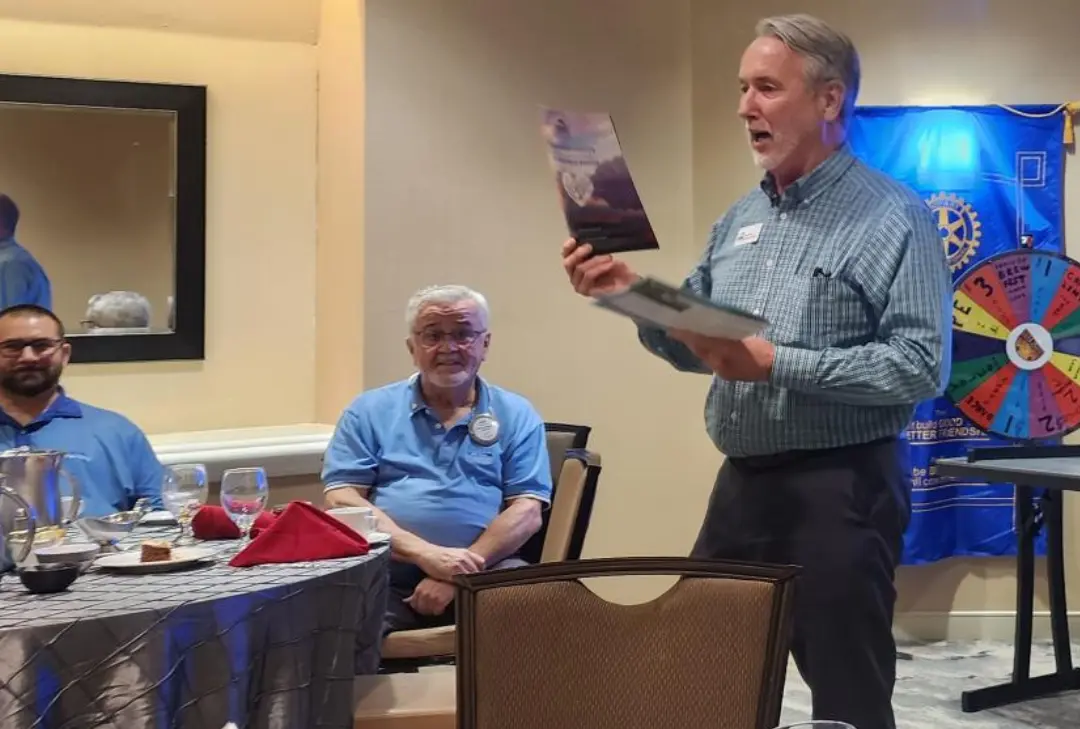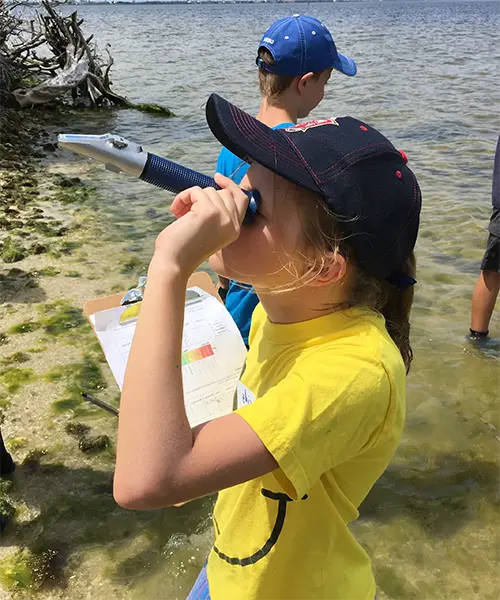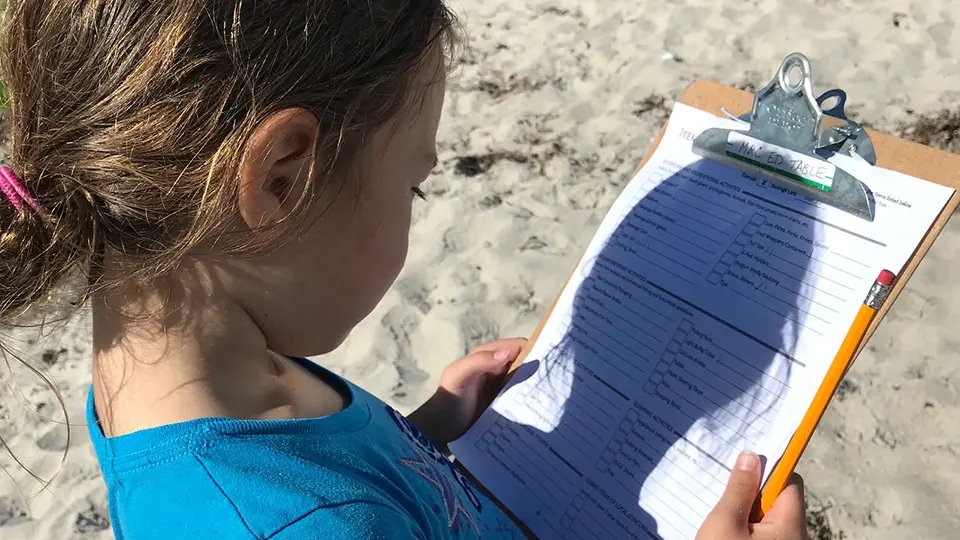Education
Marine Resources Council members are charting a SEA Change,
and Education is shaping our future.
We’re All In This Together
MRC is dedicated to providing information and activities that will heal the Lagoon. We work with youth, homeowners, water enthusiasts, businesses, developers — everyone who has a stake in and appreciates the glory of our Indian River Lagoon.
Adult Education
One of the biggest threats to the Indian River Lagoon lies in your backyard. Fertilizing, applying pesticides, pet waste, and blowing grass clippings into the street are a few of the notorious behaviors partially responsible for water quality issues and muck build-up in the Lagoon. During a rain event, stormwater runs along impervious surfaces — such as roadways, roofs, and driveways, collecting fertilizers, car oil, grass clippings, and pet waste — before making its way into the IRL.
A common misconception is that the properties along the shoreline of the Lagoon are the ones to blame. Although your yard may not be on the banks of the Lagoon, your actions still matter. Visit lagoonloyal.com to learn how to become more lagoon-friendly, and BeFloridianNow.org to get acquainted with your local fertilizer ordinance.
MRC offers educational presentations for adults. Please email council@mrcirl.org or call 321-725-7775 to schedule a speaker for your next meeting or event.
Youth Education
At MRC, we believe in the importance of instilling environmental stewardship into the next generation that will one day care for the place we call home, the Indian River Lagoon. Not only is the Lagoon our home, but it is home to the many species of plants, insects and animals that so inspire our youth.
MRC is redesigning its Education offerings. Teachers can find Virtual Field Trips and Lagoon at Noon seminars on our YouTube page, and to learn what classroom opportunities exist, please either call us at 321-725-7775 or email us at council@mrcirl.org.



